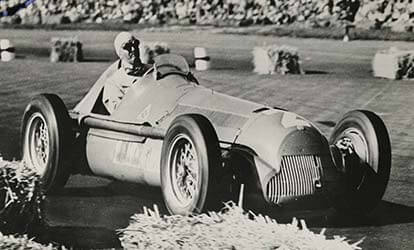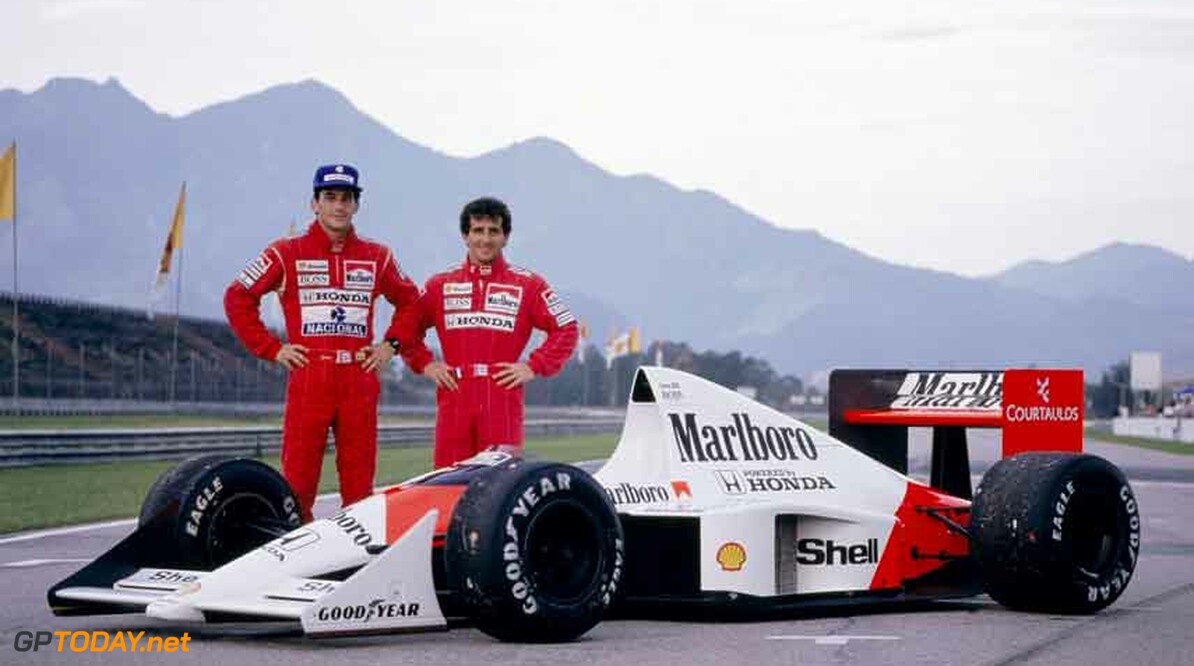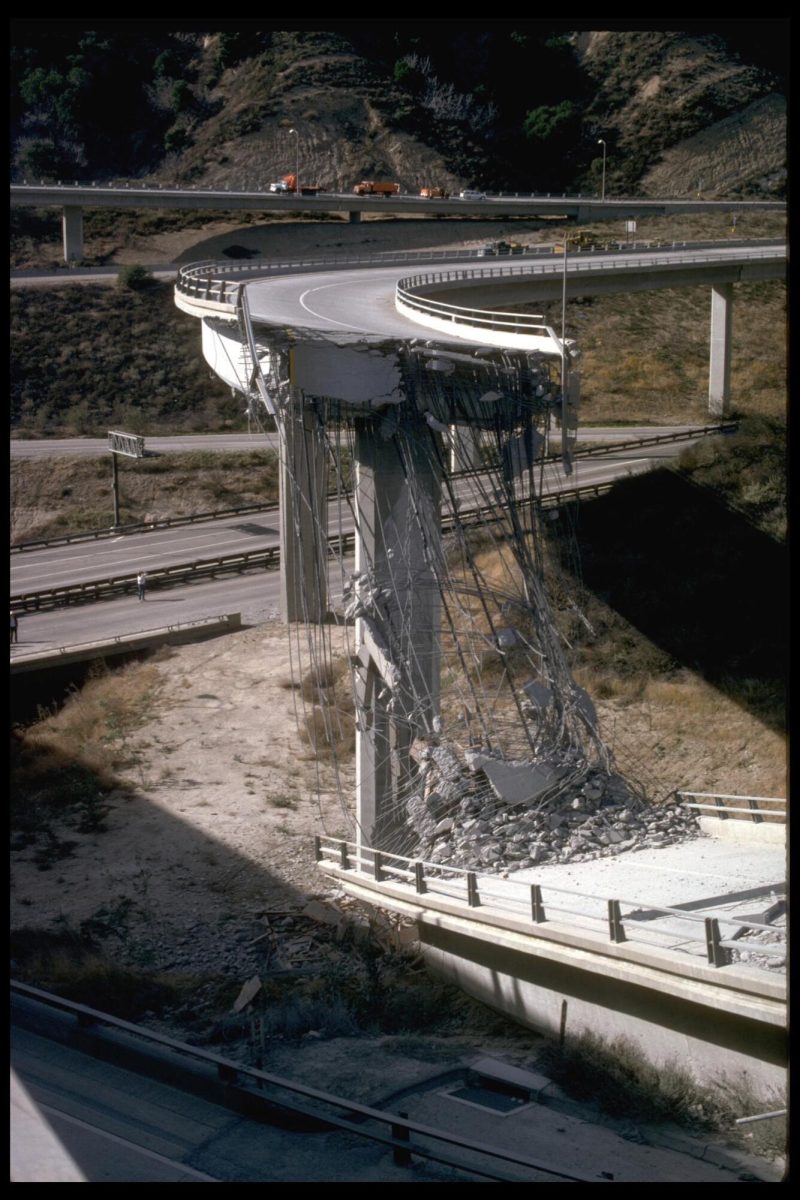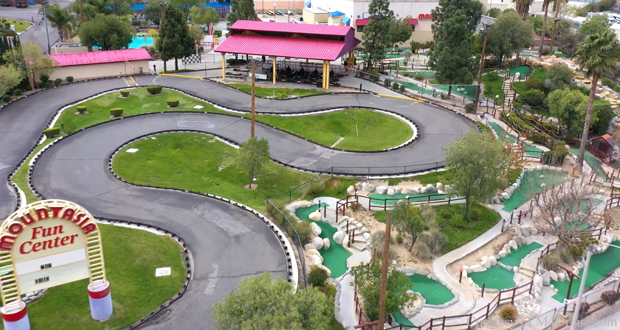Formula 1, a global sensation known for its thrilling races and legendary drivers, has evolved from humble beginnings into a sport where cars reach speeds of up to 230 mph. The journey of F1 is marked by constant innovation, with the chassis—the backbone of these machines—undergoing one of the most complex manufacturing processes ever. From 1950 to 2025, a sport that people from all around the world love didn’t start easily and has changed in unimaginable ways.
One of the key figures in F1’s creation was Marquis Antonio Brivio-Sforza, who helped establish the FIA. Safety, a top priority alongside speed, has been a key focus in F1’s evolution, with numerous features added over the years to ensure drivers’ protection while enhancing performance.
The birthplaces of F1 are often considered Italy, where the first car was made, and Great Britain, which hosted the first race. The early F1 cars, like the Alfa Romeo 158, were simple machines with basic engines. The Alfa Romeo 158, for example, had a 1.5-liter supercharged straight-8 engine and a top speed of around 160 mph. Although they lacked modern safety features, these early cars laid the foundation for the sport’s rapid development. 
On May 13, 1950, the first official F1 race was held at Silverstone Circuit in England, with an audience of 120,000 spectators, including His Royal Highness King George VI and other high-status individuals. The winner, Giuseppe Farina, drove the Alfa Romeo 158 and went on to win the first-ever F1 championship.
As Formula 1 evolved, so did the cars. The Lotus Type 25, for instance, represented a significant advancement in design. It was much lighter and more aerodynamic than its predecessors, reaching a top speed of 180 mph, powered by a groundbreaking Coventry Climax V8 engine. This car transformed perceptions of single-seat race cars and became a pivotal model in F1 history.
1975 marked another milestone with the introduction of front and rear wings in the Ferrari 312T. This car, driven by F1 legend Niki Lauda, featured a 515-horsepower flat-12 engine and achieved a top speed of 195 mph. While safety still wasn’t the top priority, the car’s aerodynamic design and power made it one of the most successful in F1 history.
Another iconic car, the McLaren MP4-5, driven by legends Alain Prost and Ayrton Senna, was powered by a 3.8-liter twin-turbo V8 engine. Designed by Steve Nichols, the MP4-5 was a product of teamwork and was incredibly successful, winning 6 championships despite still lacking modern safety features.
The Williams FW18, introduced after the tragic deaths of Ayrton Senna and Roland Ratzenberger, represented a pivotal moment in F1. With a top speed of around 201 mph, it marked the beginning of a new era of safer, more aerodynamic cars. The improvements in safety and aerodynamics set the stage for the sport’s future.
The Ferrari F2004, driven by the “G.O.A.T.” Michael Schumacher, was another milestone in F1 history. With a V10 engine and a top speed of 220 mph, it dominated the sport, winning seven Ferrari World Championships. However, the V10 engine would be phased out after this car.
One of the most dominant cars in F1’s modern era is the Red Bull RB6, driven by Sebastian Vettel. With a V8 engine and a top speed of 224-230 mph, the RB6 was renowned for its exceptional downforce—16,000 pounds—which contributed significantly to its four championship wins.
The Mercedes W08, driven by the legendary Lewis Hamilton, represented another leap forward. Powered by a 1.6-liter turbocharged V6 hybrid engine, it achieved a top speed of 230 mph and won Mercedes’ 6 championships, cementing Hamilton’s status as one of the greatest drivers of all time.
Finally, the McLaren MCL38, the fastest car ever seen in F1, reached nearly 240 mph. This record-setting speed showcases the incredible progress F1 cars have made over the years, from their humble beginnings to the lightning-fast machines we see today.
In conclusion, F1 cars have undergone a remarkable evolution, from the simple and unsafe designs of the early days to the highly sophisticated machines of today. Enzo Ferrari’s belief that “Aerodynamics are for people who can’t build engines” and Adrian Newey’s description of controlling an F1 car as a difficult, yet achievable task requiring “Throttle, Green, Green, Amber. Change. Brake, turn the wheel, point it at a corner, accelerate. Simple”. This shows how people, even professionals under overlook the complexity of F1 and what really goes into it. Each new car brings advancements in speed, safety, and aerodynamics, pushing the boundaries of what is possible and ensuring that Formula 1 remains one of the most exciting and dangerous sports in the world.

























